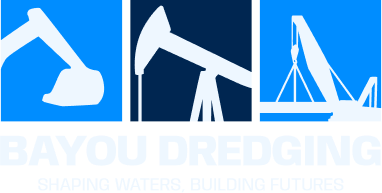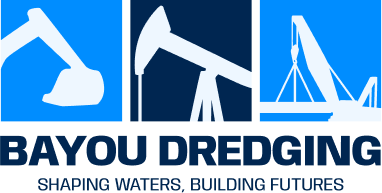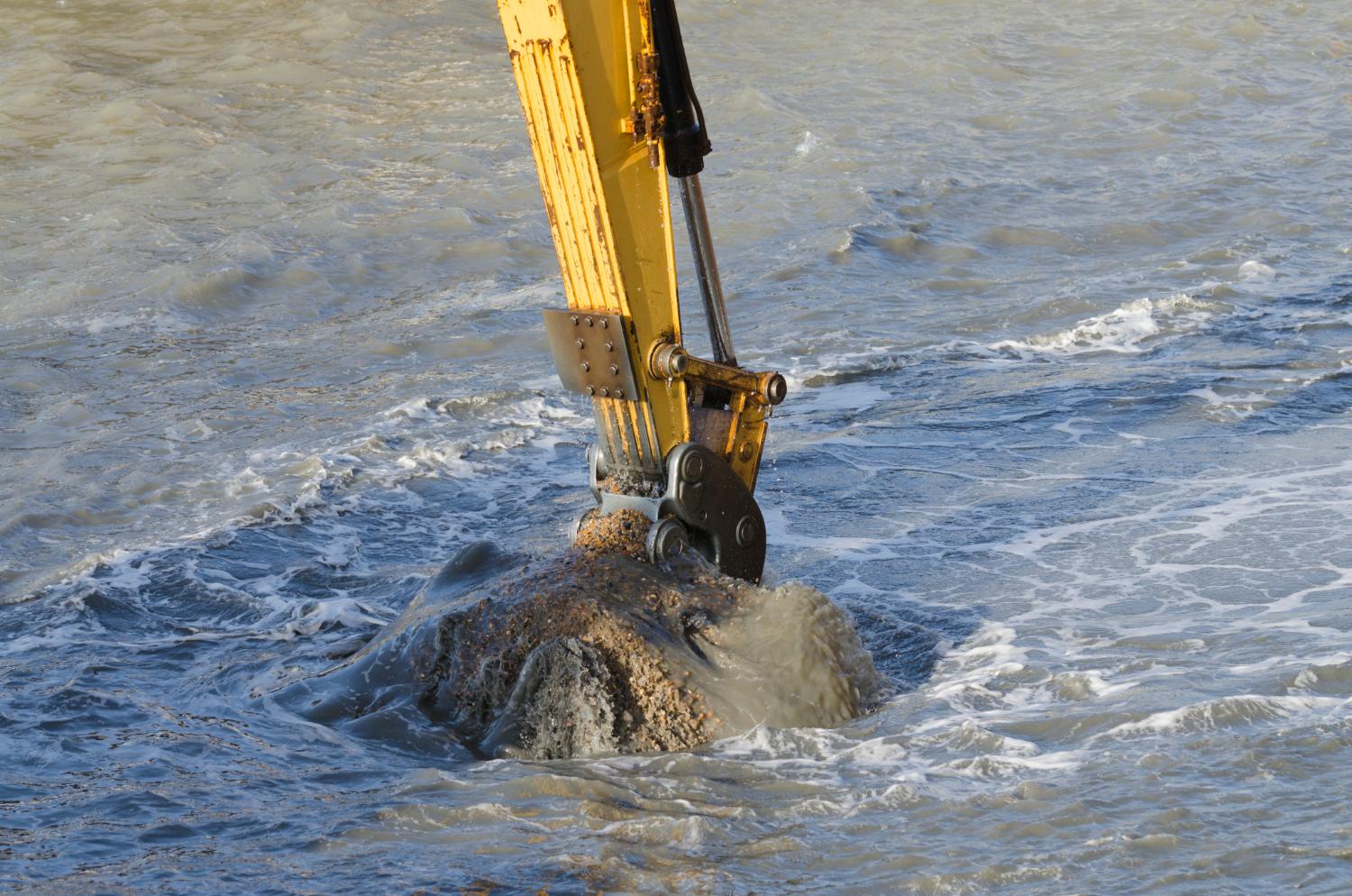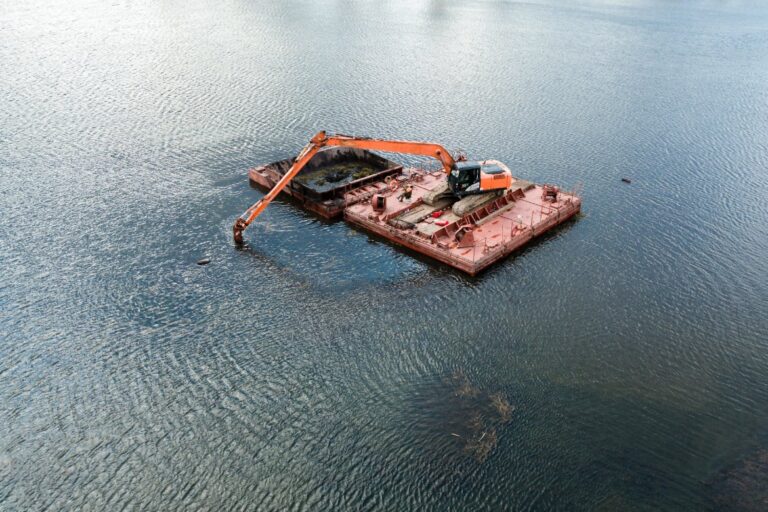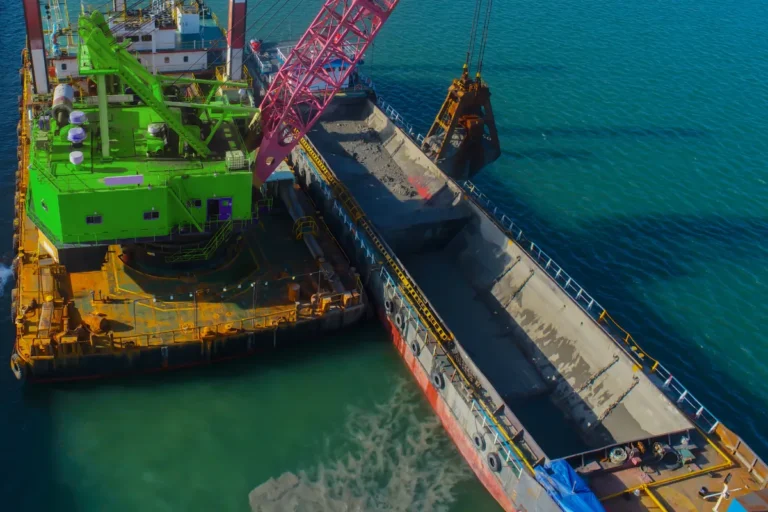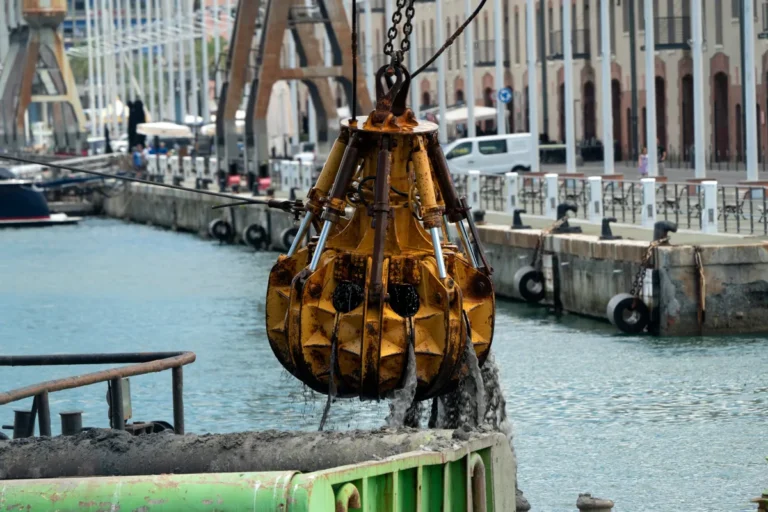To dredge harbor areas means to remove accumulated sediment, debris, and other materials from the bottom of harbors, marinas, and navigation channels. Over time, sediment buildup can significantly reduce water depth, limiting access for vessels, increasing the risk of grounding, and creating unsafe navigation conditions. Dredging ensures that waterways remain deep enough for safe and efficient vessel movement, supporting both commercial shipping and recreational boating activities.
The importance of using advanced equipment to dredge harbor areas cannot be overstated. In busy ports and dredge harbor marina operations, maintaining optimal depth is essential for operational efficiency, economic vitality, and maritime safety. Without regular dredging, harbors can experience delays, vessel restrictions, and environmental degradation, all of which negatively impact surrounding communities and businesses.
In this article, we will explore the key benefits of using advanced technology and modern harbor dredger equipment. You will discover how innovative dredging solutions enhance operational speed, improve cost-effectiveness, promote environmental stewardship, and ensure safer, more precise sediment removal in today’s harbors and marinas.
Why Harbor Dredging Is Essential
Regular efforts to dredge harbor areas are critical for maintaining safe, functional, and economically viable waterways. Over time, natural sedimentation processes cause silt, sand, and debris to accumulate on the harbor floor, gradually reducing water depth. Without intervention, this buildup can severely hinder the movement of vessels, leading to significant safety and operational concerns.
One of the primary reasons for dredging harbor environments is to ensure navigational safety. Shallow waters increase the risk of vessel grounding, which can cause significant damage to ships and harbor infrastructure. Maintaining adequate depth is vital not only for large commercial ships but also for smaller vessels and pleasure boats operating within marinas. In this regard, dredge harbor marina projects are equally important, as marinas must preserve both functionality and visual appeal to attract and serve recreational boaters.
Beyond safety, maintaining proper harbor depth supports consistent commercial operations. Cargo ships, fishing vessels, ferries, and cruise liners depend on accessible, deepwater routes for timely arrivals and departures. Regular dredging with an efficient harbor dredger ensures that harbors remain operational throughout the year, avoiding costly delays and disruptions.
Economically, the ability to dredge harbor areas contributes significantly to local and regional economies by supporting trade, tourism, and fishing industries. Environmentally, controlled dredging helps manage sediment quality, prevent pollution buildup, and protect aquatic habitats by keeping waterways clean and properly maintained. When managed responsibly, dredging operations strike a balance between supporting human activity and preserving marine ecosystems.
Types of Advanced Equipment Used to Dredge a Harbor
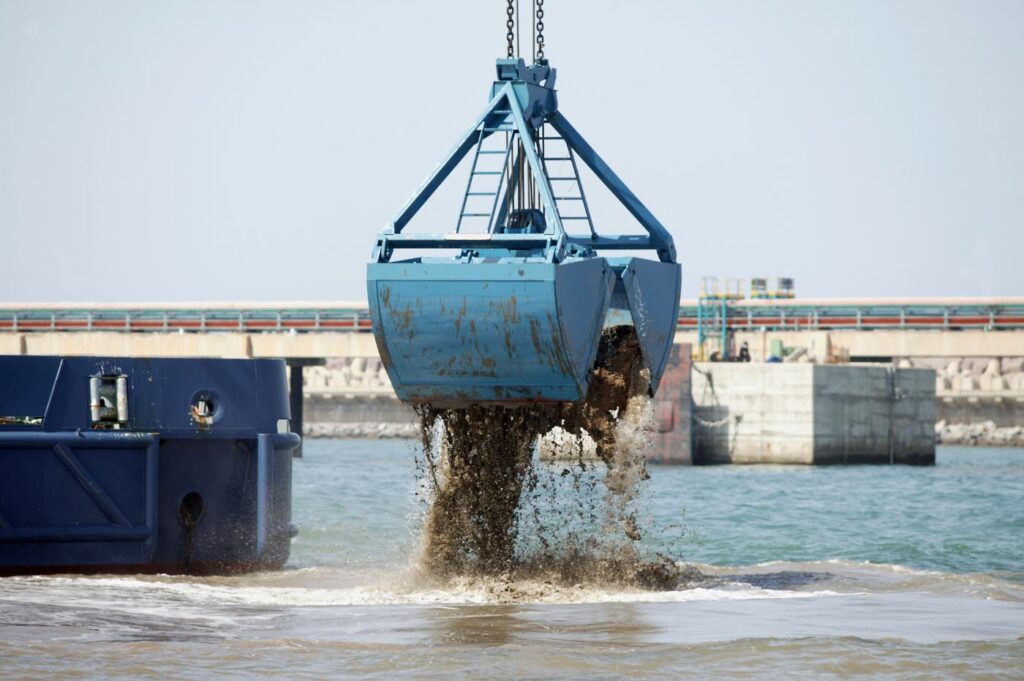
Modern operations that dredge harbor areas rely on advanced dredging technologies designed to maximize efficiency, precision, and environmental protection. Selecting the right equipment is essential for ensuring that dredging activities meet project demands while minimizing downtime and operational costs. Here are some of the most effective types of equipment used today:
Hydraulic Dredgers
Hydraulic dredgers, such as cutter suction dredgers, are powerful machines ideal for removing dense sediments like clay, sand, and gravel. They use rotating cutter heads to loosen material before hydraulic pumps transport the slurry through pipelines to disposal sites. Hydraulic dredgers are highly effective when deepening channels or maintaining larger commercial harbors where heavy sediment accumulation is common.
Hopper Dredgers (Harbor Dredger)
Another highly efficient option for harbor projects is the harbor dredger, commonly known as a hopper dredger. These self-contained vessels dredge sediment through suction pipes and store it in an onboard hopper for transportation and disposal. Hopper dredgers are particularly valuable when working in areas that require the rapid removal and relocation of materials, such as busy shipping channels or active dredge harbor marinas.
Excavator-Mounted Dredgers and Specialized Attachments
In smaller marinas and confined harbor spaces, excavator-mounted dredgers equipped with specialized dredging attachments provide excellent versatility. These systems allow operators to target precise areas, remove stubborn materials, and maneuver easily in restricted environments where larger dredgers might be impractical.
Choosing advanced equipment to dredge harbor projects matters because modern dredgers offer greater operational control, improved environmental performance, and significantly faster project completion times. Whether maintaining a bustling dredge harbor marina or clearing a major shipping lane, using the right harbor dredger ensures safe, sustainable, and cost-effective dredging outcomes.
Benefits of Using Advanced Equipment to Dredge a Harbor
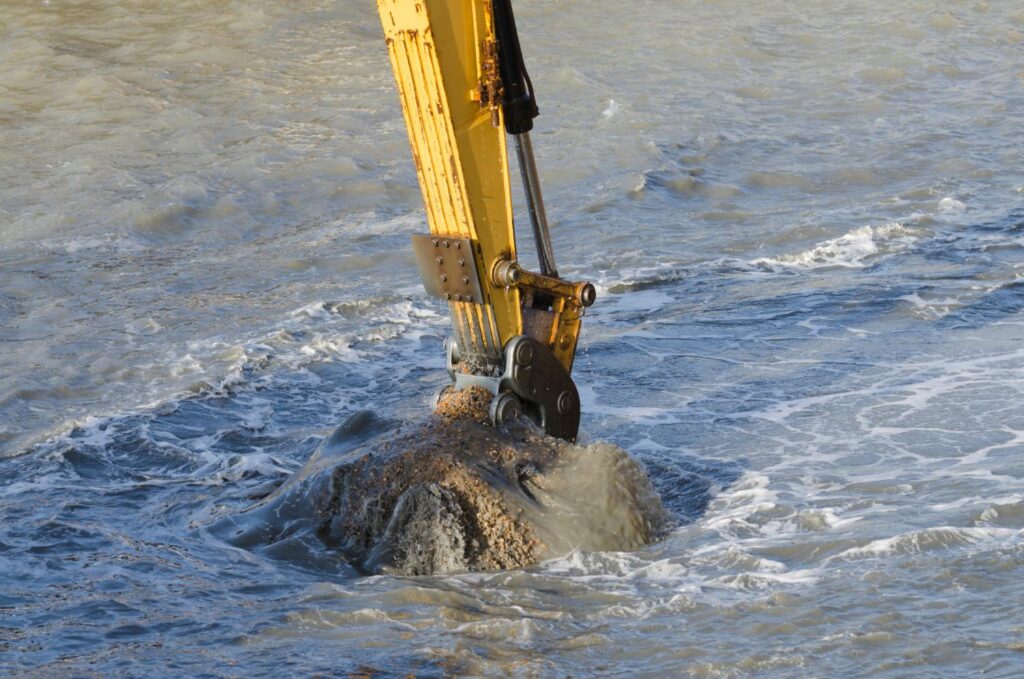
Investing in advanced equipment to dredge harbor areas delivers a range of operational, economic, and environmental advantages. Whether maintaining a bustling port or a tranquil dredge harbor marina, the use of modern technology significantly enhances project outcomes while ensuring safety and sustainability.
Increased Operational Efficiency
One of the most significant benefits of using advanced equipment is the dramatic improvement in operational efficiency. Modern harbor dredger vessels and hydraulic dredgers enable faster sediment removal and transportation, significantly reducing project timelines. Their ability to operate continuously with minimal downtime ensures that dredging projects stay on schedule, maintaining the vital flow of commercial and recreational traffic through the harbor.
Cost Savings
Advanced dredging equipment also leads to substantial cost savings. Modern systems are designed for lower fuel consumption and require fewer crew members, directly reducing operational expenses. Additionally, the durability of newer dredging technologies minimizes maintenance costs over time. For harbor operators and dredge harbor marina managers, the long-term economic benefits include more predictable budgeting and a higher return on investment through sustained operational availability.
Enhanced Safety and Precision
Safety and precision are crucial when undertaking projects to dredge harbor areas. Advanced harbor dredger units utilize GPS-guided navigation systems and real-time monitoring, allowing for accurate sediment removal without risking damage to critical harbor structures or vessels. Automation and remote operation features further enhance worker safety by reducing the need for direct human involvement in potentially hazardous areas.
Versatility and Adaptability
Modern dredging equipment is highly versatile, capable of handling a wide variety of sediment types, including mud, sand, clay, and gravel. Advanced dredgers are adaptable to different project scopes, making them ideal for both shallow environments, such as dredge harbor marina sites, and larger, deeper commercial harbors. Specialized attachments and modular designs allow equipment to be configured for unique project needs, ensuring maximum operational flexibility.
Environmental Responsibility
Environmental stewardship is a key priority in today’s dredging projects. Advanced equipment is specifically engineered to minimize sediment turbidity and reduce disruption to marine habitats during operations. Eco-friendly technologies and dredging practices ensure compliance with strict environmental regulations and standards, supporting sustainable practices while continuing to dredge harbor areas efficiently and responsibly.
Selecting the Right Equipment to Dredge a Harbor
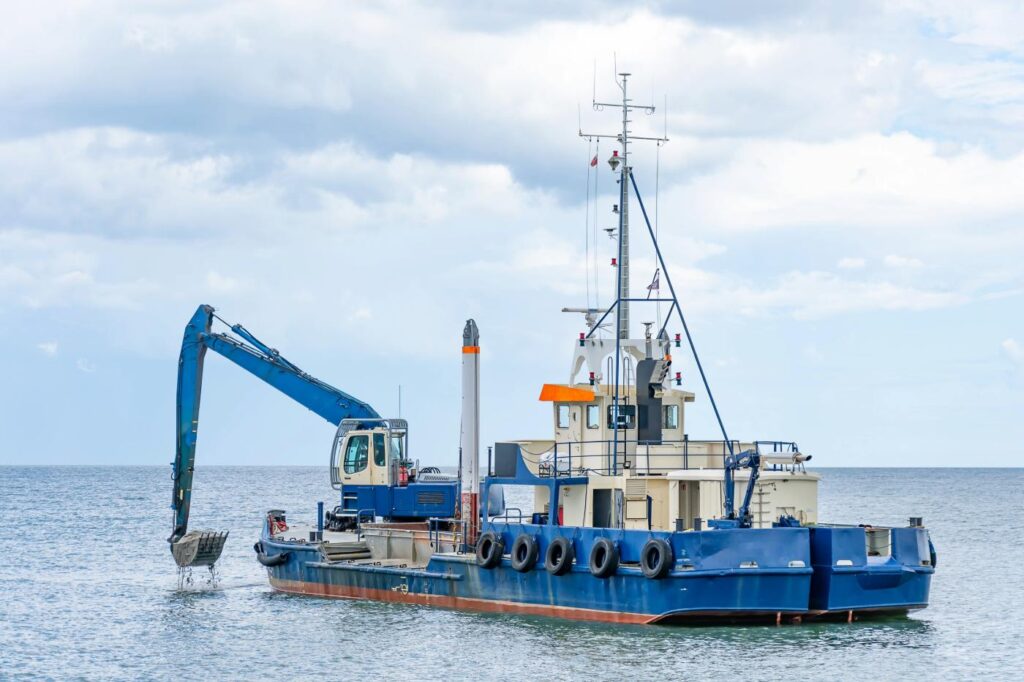
Choosing the right equipment to dredge harbor areas is critical for ensuring the success, efficiency, and environmental compliance of any dredging project. With various technologies and vessel types available, careful evaluation of project-specific factors is necessary to make the best decision.
Project Scale and Scope
The size and complexity of the project greatly influence equipment selection. Large commercial ports typically require high-capacity harbor dredger vessels that can move significant volumes of sediment quickly. In contrast, smaller projects, such as maintaining a dredge harbor marina, may be better served by compact hydraulic dredgers or excavator-mounted dredging systems. Understanding the scale ensures that the chosen equipment matches the project’s workload without unnecessary expense or logistical complications.
Sediment Type and Dredging Depth
Different types of sediments, such as fine silt, compact clay, or coarse sand, d—require specific dredging technologies. A cutter suction dredger might be ideal for hard, compacted materials, whereas a trailing suction harbor dredger excels in removing softer sediments over wide areas. Similarly, the required dredging depth will determine whether standard dredgers or specialized, deep-draft equipment is needed to effectively dredge harbor zones.
Budget and Timeline Constraints
Every dredging project operates under financial and scheduling limitations. Advanced equipment, while initially more expensive, often results in faster project completion and lower overall costs due to improved fuel efficiency and reduced downtime. Carefully matching the equipment’s capabilities to the project’s timeline and budget ensures maximum return on investment without sacrificing quality or safety.
Environmental Impact Requirements
Environmental regulations continue to tighten around harbor and marina dredging activities. Choosing eco-friendly equipment designed to minimize sediment turbidity and habitat disruption is crucial, especially in sensitive dredge harbor and marina environments. Selecting dredgers with advanced overflow control systems and precision dredging technology helps meet regulatory requirements while protecting local ecosystems.
Importance of Expert Consultation
Given the complexity of selecting the proper equipment for dredging harbor areas, consulting with dredging specialists is highly recommended. Dredging experts can provide detailed site assessments, recommend suitable technologies, and help develop customized solutions that align with operational goals, environmental standards, and project budgets, ensuring a smooth and successful dredging operation.
Common Mistakes to Avoid When Dredging Harbors
Successfully executing a project to dredge harbor areas requires careful planning and attention to detail. Despite the availability of advanced dredging equipment, several common mistakes can jeopardize project efficiency, safety, and compliance. Being aware of these pitfalls and knowing how to avoid them ensures smoother operations and better project outcomes.
Choosing Equipment Without Thorough Site Assessment
One of the most frequent mistakes is selecting dredging equipment without first conducting a detailed site evaluation. Each dredge harbor location has unique characteristics, such as sediment composition, water depth, tidal variations, and accessibility challenges. Choosing a harbor dredger that does not align with these site-specific factors can result in inefficiency, equipment damage, or even project failure. A thorough site assessment, including sediment sampling and hydrographic surveys, helps identify the optimal dredging solution for both large commercial harbors and smaller marinas.
Ignoring Environmental Compliance and Regulatory Standards
Overlooking environmental regulations can lead to costly fines, project delays, and damage to your reputation. Dredging operations, especially in sensitive coastal areas and marinas, are subject to strict guidelines designed to protect aquatic ecosystems and water quality. Failing to implement eco-friendly practices while dredging harbor areas can cause excessive turbidity, habitat destruction, and legal complications. Selecting advanced harbor dredger equipment equipped with sediment control technologies and adhering to approved disposal methods ensures compliance and environmental responsibility.
Underestimating Operational and Logistical Complexities
Another major error is underestimating the operational and logistical challenges involved in harbor dredging. Efficiently managing a dredging project requires more than just the right equipment; it involves skilled personnel, reliable transport logistics, contingency planning, and weather considerations. Using modern, automated dredging systems can greatly reduce complexity and improve real-time monitoring. However, project managers must still plan thoroughly for unforeseen challenges, especially when maintaining active shipping lanes or operating in busy dredge harbor marina areas.
Tips for Avoiding These Mistakes
To avoid these common errors, project teams should invest in detailed site assessments, consult with experts in dredging, select equipment tailored to their specific project needs, and prioritize environmental compliance from the outset. Advanced dredging equipment not only improves operational outcomes but also provides the precision, safety, and environmental protection required to dredge harbor areas successfully and sustainably.
Innovations and Future Trends in Harbor Dredging
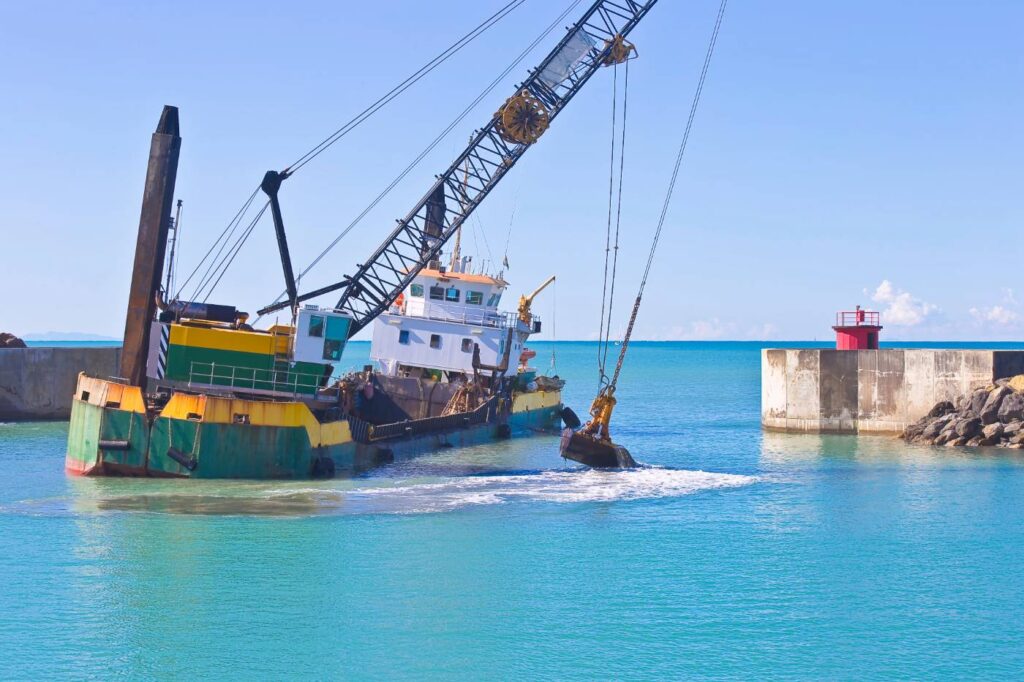
The future of efforts to dredge harbor areas is being reshaped by cutting-edge technologies that promise to make dredging operations faster, safer, and more environmentally responsible. As harbors and marinas face growing demands for efficiency and sustainability, innovations are helping to transform traditional dredging practices.
Remote-Operated and Automated Dredging Solutions
One of the most significant advancements is the rise of remote-operated and automated dredging equipment. Modern harbor dredger systems can now be controlled remotely, reducing the need for on-site personnel and improving worker safety, especially in hazardous environments. Automation also enhances precision in sediment removal, making it easier to dredge harbor areas accurately while minimizing disruption. This is particularly valuable for operations in smaller, confined spaces, such as a dredge harbor or marina, where careful maneuvering is crucial.
AI-Driven Sediment Analysis and Predictive Dredging Schedules
Artificial intelligence (AI) is increasingly being used to analyze sediment patterns and predict when and where dredging is needed. AI-driven sediment analysis provides real-time data on sediment build-up, allowing operators to schedule dredging activities more efficiently and avoid unnecessary work. Predictive models help optimize the deployment of harbor dredger equipment, ensuring resources are used only where truly needed, saving time, reducing costs, and minimizing environmental impact.
Increased Focus on Sustainability and Eco-Friendly Dredging Methods
Sustainability has become a top priority in the dredging industry. New eco-friendly dredging methods are designed to reduce sediment plumes, lower carbon emissions, and protect marine ecosystems. From low-turbidity dredging technologies to biodegradable hydraulic fluids used in dredgers, every aspect of modern equipment is designed to minimize its environmental footprint. As regulations become stricter, harbor and dredge harbor marina managers are increasingly investing in green dredging solutions to align with international environmental standards while maintaining operational efficiency.
These innovations are setting a new standard for how operators dredge harbor areas, ensuring that future projects are not only more effective but also more responsible and sustainable.
Conclusion
Advancements in technology are revolutionizing the way we dredge harbor areas, offering unprecedented levels of efficiency, precision, and environmental responsibility. By utilizing modern harbor dredger equipment, harbor authorities and dredge harbor marina operators can achieve faster project completion, lower operational costs, and improved safety while minimizing environmental impacts. As the industry continues to adopt automation, AI-driven analytics, and eco-friendly dredging methods, investing in advanced equipment is no longer just an advantage—it’s a necessity for ensuring sustainable and effective harbor maintenance and development.
